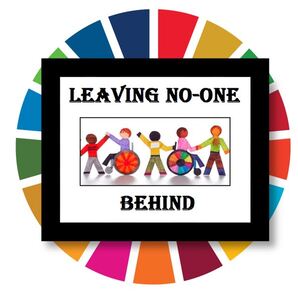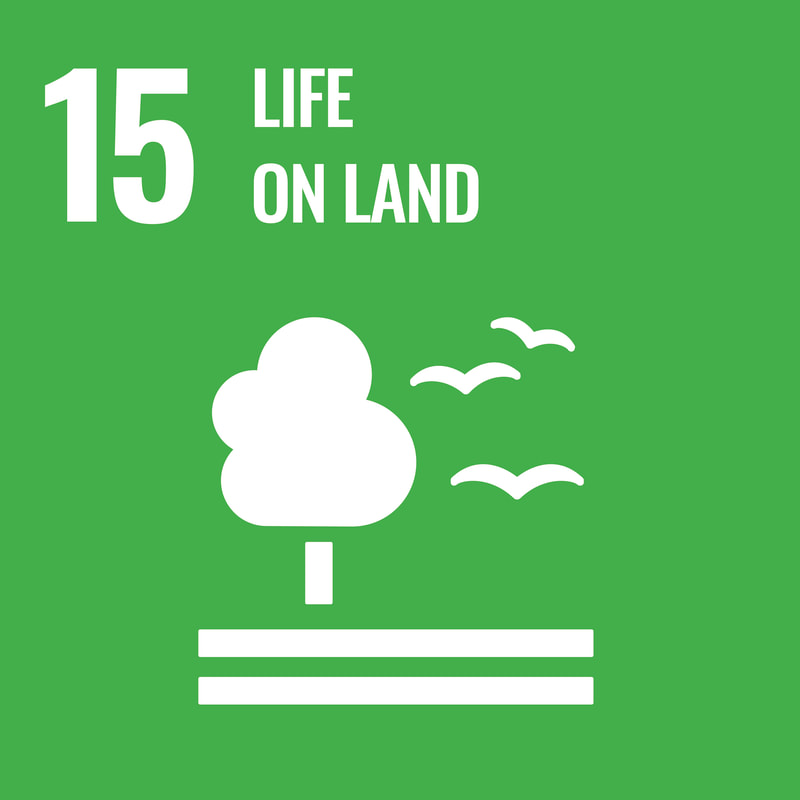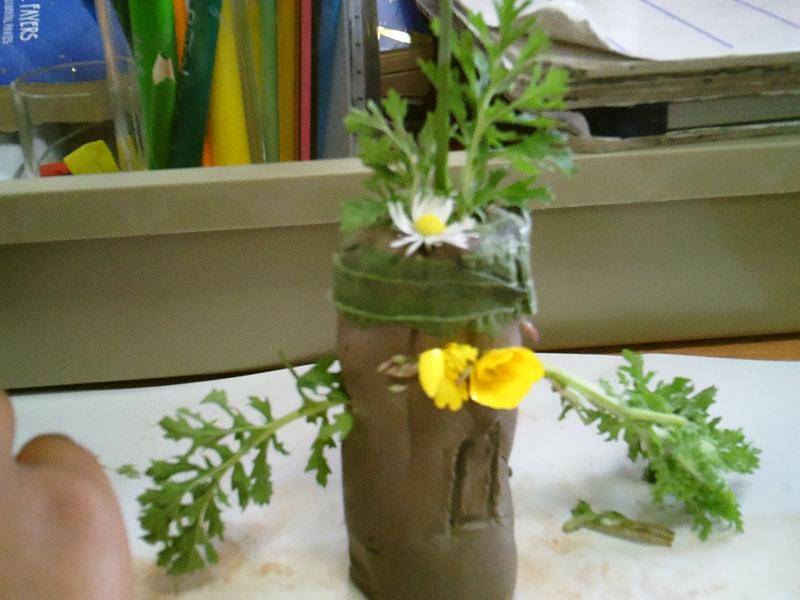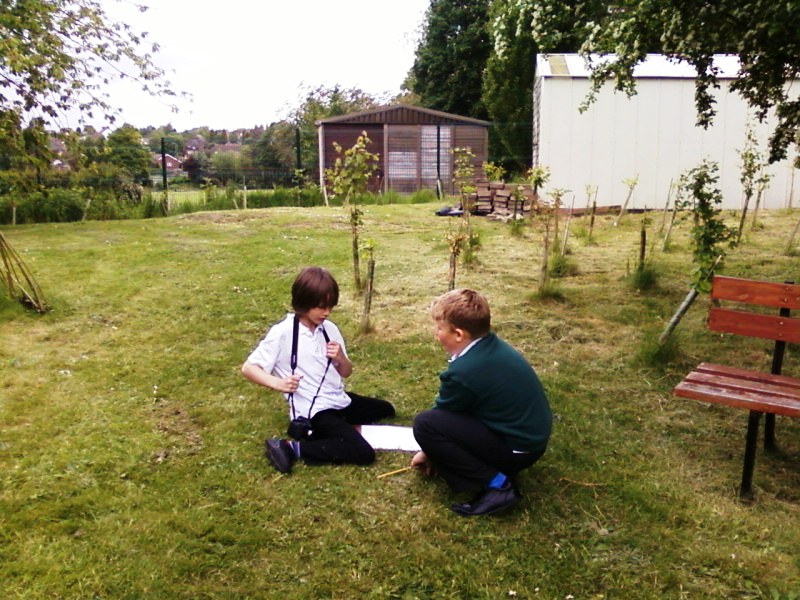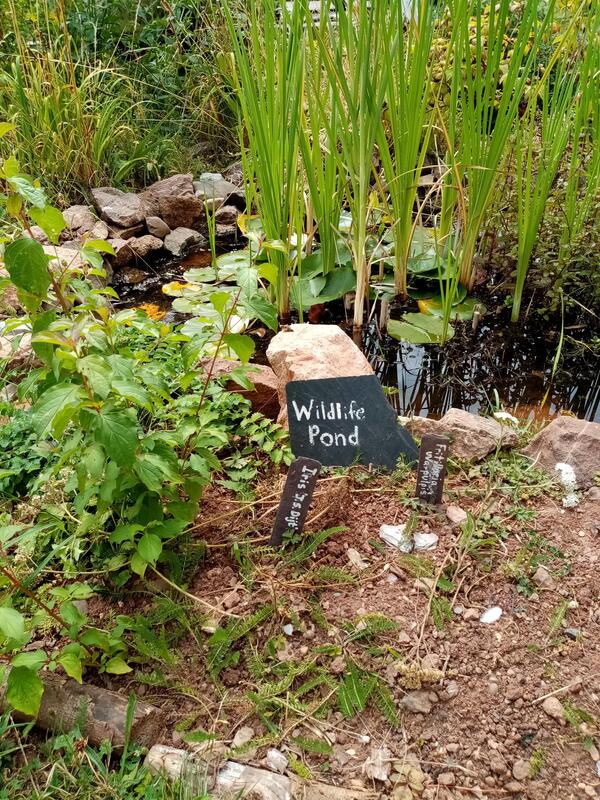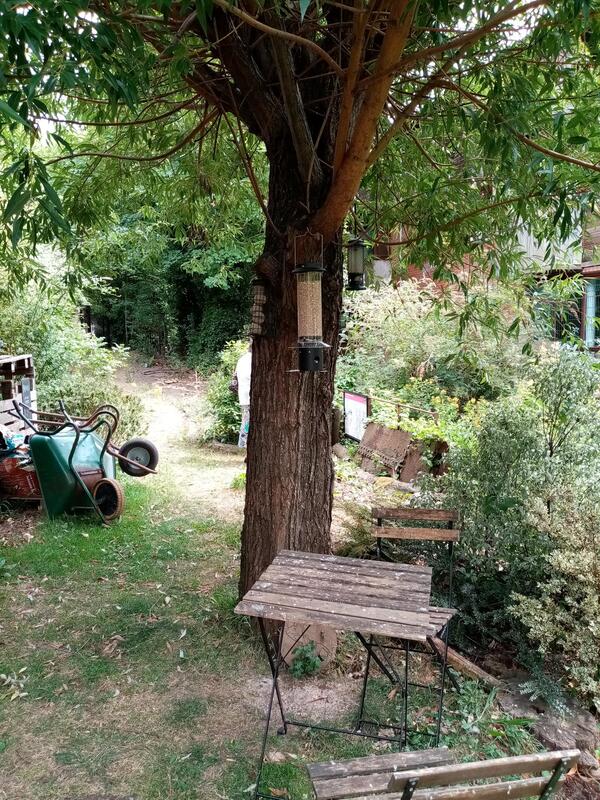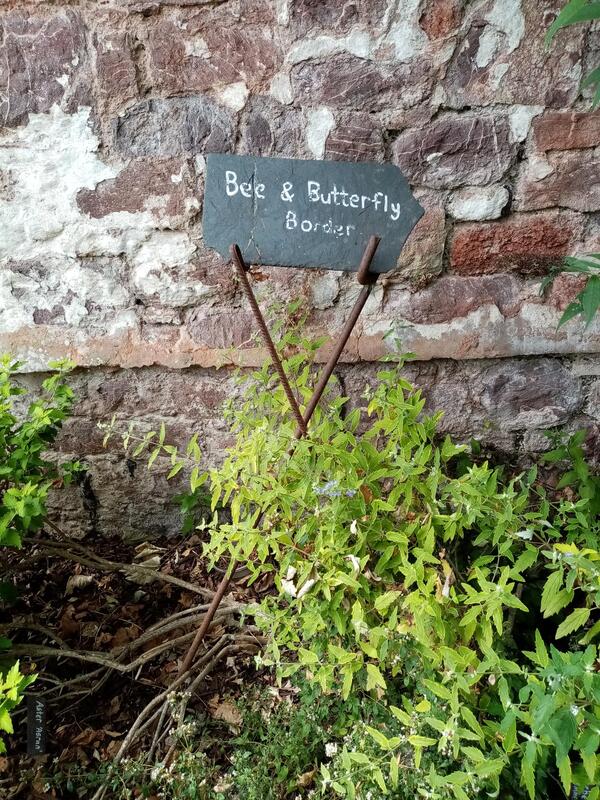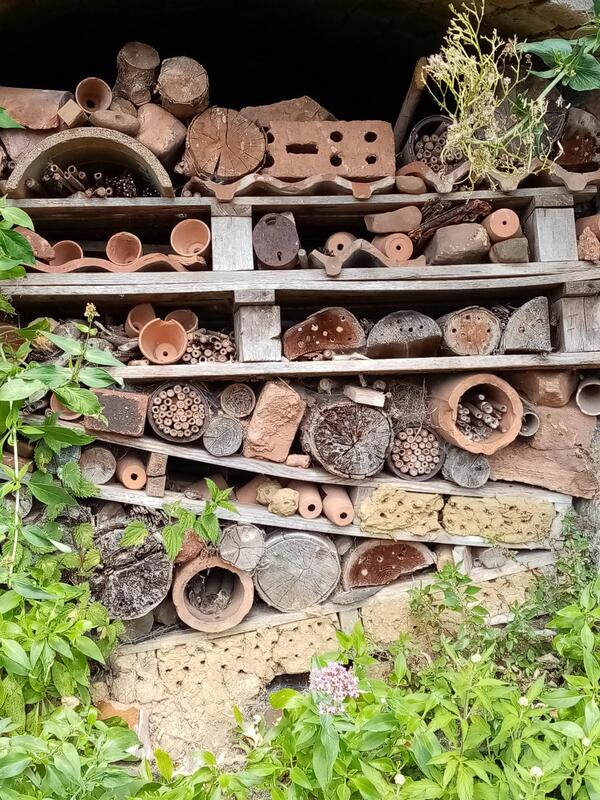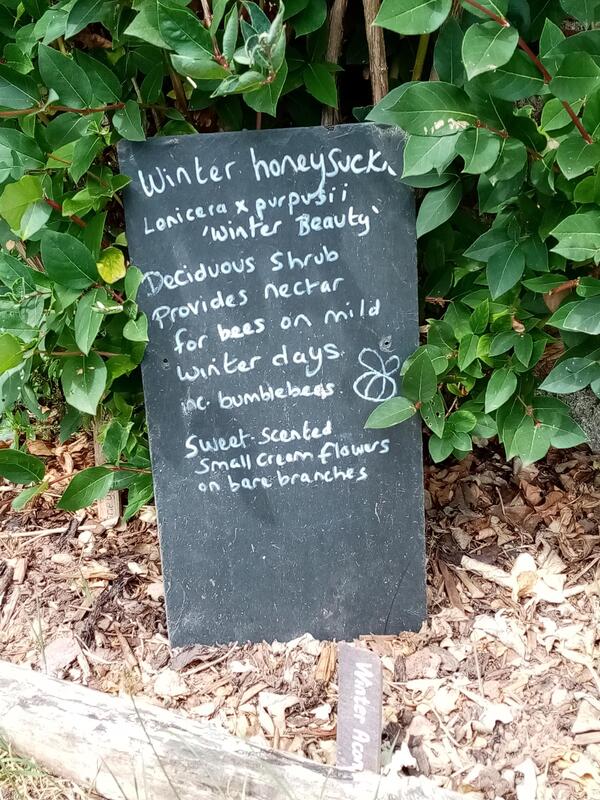Big Idea:
The aim is to promote a personal connection with nature and an appreciation of biodiversity in the immediate area of the school. It is important that pupils value both their own natural environment and species in their own country. They can then move on to compare issues and learn about biodiversity with a global perspective.
By starting an activity on a "local" basis, the pupils can gradually move to a global perspective, whilst carrying out activities that are both campus, curriculum and community related.
By starting an activity on a "local" basis, the pupils can gradually move to a global perspective, whilst carrying out activities that are both campus, curriculum and community related.
Here are some examples of how local choices have an impact on environments around the world, which may spark interest and further investigation, after initial work, making personal connections with nature:
- Palm oil in cooking and fuel damaging Malaysian rainforests and endangering orang-utan populations.
- Demand for wood products putting Brazilian rainforests at risk, etc.
- Farmers being forced to farm marginal land to make a living, encroaching into valuable wildlife habitats (eg. tigers in India).
- Draining and cutting of peat bogs for compost.
- Use of fertiliser and pesticides damaging wildlife through food chains.
- The impact of climate change on habitats, loss of pollinating insects, etc.
Type of Activity:
This is, ideally, a long term activity, taking place over 3 to 6 months, with opportunities to revisit connecting with nature, taking social action to increase biodiversity and increase awareness of global issues and underlying interconnected themes such as deforestation, poverty, soil erosion, drought, hunger over time. For this reason, the scheme of learning is organised into stages, rather than lessons, to be adapted according to the local context, age range, staff expertise, etc.
Who is it for?
Ages 11 to 18.
What do I need?Stage 1 - Biodiversity Surveys and identification keys
(Google Lens/ phone Apps can provide identification tools) Simple survey equipment (see Mapping biodiversity in the local area document) |
|
| ||||||||||||
Stage 3 - BBC news report video on rainforest (linked on this page)
Stage 4 - Iceland advert (linked on this page)
Stage 4 - Iceland advert (linked on this page)
How long does it take?
4 x 45 minutes - minimum time required to introduce key ideas and activities.
Introduction
Stage 1: What do we mean by life on land? Is our school providing healthy habitats for plants or wildlife? What is biodiversity and how can we measure it? What does the word biodiversity mean? Break the word apart and try to develop a definition. A simple explanation is to take the ‘bio’ from ‘biology’ (relating to all the plants and animals in an environment) and ‘diversity’ meaning the range and variety of plants and animals.
Carry out a survey in small groups on school grounds, or local wildlife area, to explore different types of biodiversity - trees, wildflowers, mammals, minibeasts, pondlife, birds. Surveying could take place across the calendar year, to build up a more detailed record.
Complete and compare surveys, selecting ways to display results, for example as maps, graphs, models, and use these to support questioning and identify patterns in data. More detail on practical survey techniques and analysis are provided in the "Mapping biodiversity in the local area" handout.
Complete and compare surveys, selecting ways to display results, for example as maps, graphs, models, and use these to support questioning and identify patterns in data. More detail on practical survey techniques and analysis are provided in the "Mapping biodiversity in the local area" handout.
What next
Stage 2: Discuss ways biodiversity can be encouraged within school grounds (plant trees or wildflower meadows, create wild areas, make "bug or hedgehog hotels", build bird tables or bird feeders. There are numerous possibilities.
Research ideas together and follow the interests of young people to take action to improve biodiversity within school grounds. What would they like to do? What resources or support will they need? How much time will it need? What costs are involved? Are special skills or equipment required? Are there any local charities that can provide advice or support?
Additional time is recommended to follow up the planning and turn the planning into reality.
Research ideas together and follow the interests of young people to take action to improve biodiversity within school grounds. What would they like to do? What resources or support will they need? How much time will it need? What costs are involved? Are special skills or equipment required? Are there any local charities that can provide advice or support?
Additional time is recommended to follow up the planning and turn the planning into reality.
Finally
Stage 3: Link concerns on decreasing habitats in the UK with the loss of rainforest habitats. Use BBC news report clip to stimulate discussion.
Who are the people we meet in the news story? Logger, Police, Farmer, Activist.
Revisit and analyse the film clip. Task pairs to note the responses of one interviewee and write key justifications supporting that person's viewpoint. Invite each group to put forward their perspective.
Is there an easy answer to stop deforestation? What could be done to support those who need to cut down trees to survive? Is it just down to individuals? Who else is responsible for protecting the rainforest and combating climate change?
Revisit and analyse the film clip. Task pairs to note the responses of one interviewee and write key justifications supporting that person's viewpoint. Invite each group to put forward their perspective.
Is there an easy answer to stop deforestation? What could be done to support those who need to cut down trees to survive? Is it just down to individuals? Who else is responsible for protecting the rainforest and combating climate change?
Find out more
Stage 4: Show Iceland advert about the rainforest. Has anyone ever seen it? Who was it aimed at? Why was it banned? We live thousands of miles away from the rainforest - what actions can we take to protect it?
Are certain species under pressure, as they are losing habitat from deforestation? Is this because we are demanding certain products from this country, eg. wood, palm oil, sugar, tea, coffee, etc. Discuss who is responsible for caring for the natural environment – is it the people in the country, or is it a global responsibility? Who should pay for this?
Earthrise website Article - www.earthrise.studio/reads/is-palm-oil-the-most-destructive-or-versatile-vegetable-oil
Are certain species under pressure, as they are losing habitat from deforestation? Is this because we are demanding certain products from this country, eg. wood, palm oil, sugar, tea, coffee, etc. Discuss who is responsible for caring for the natural environment – is it the people in the country, or is it a global responsibility? Who should pay for this?
Earthrise website Article - www.earthrise.studio/reads/is-palm-oil-the-most-destructive-or-versatile-vegetable-oil
